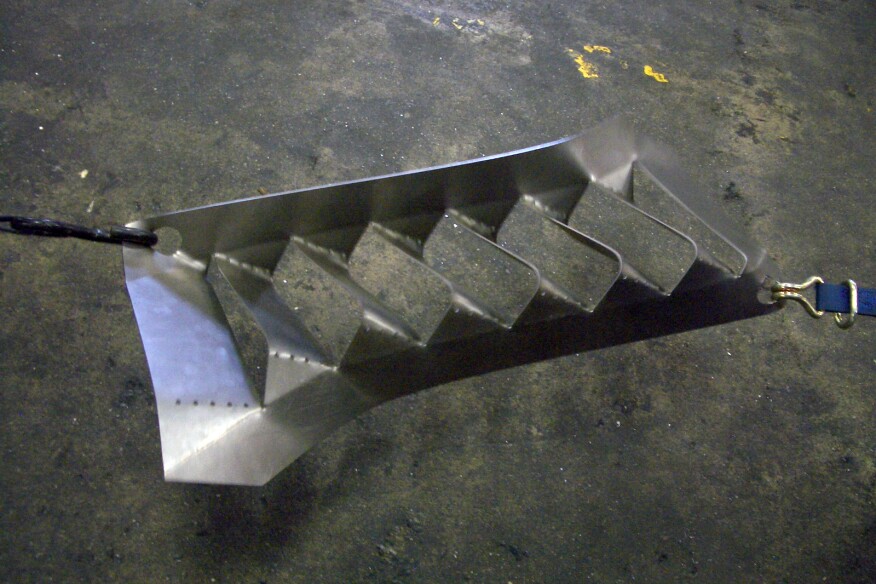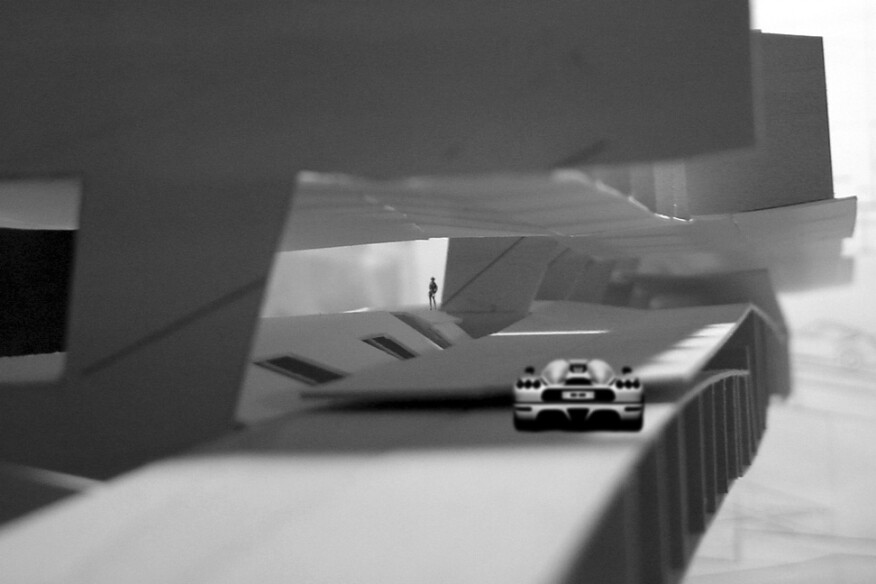
Firm name: I-Kanda Architects
Location: Boston
Year founded: 2012
Firm leadership: Isamu Kanda, AIA, and Marley Kanda
Education: Isamu: B.S. Cornell University; M.Arch., Harvard Graduate School of Design (GSD); Marley: B.Arch., Barnard College; M.Arch., Harvard GSD
Experience: Isamu: Arquitectonica, Preston Scott Cohen, FTL Happold, Santiago Calatrava; Marley: Sasaki, Leers Weinzapfel Associates, Selldorf Architects
How founders met: In the streets of Cambridge, Mass.
Firm size: Three to four
Mission:
Our firm creates buildings and spaces that are modern yet enduring—equal parts purpose and sculpture. We approach each project as a new array of needs and desires out of which to conceive uniquely enhanced environments. Our aim is to turn constraints into possibilities, to work with clients, builders, and contexts to realize ideas far beyond anyone’s initial hopes.

First commission:
In the last year of grad school, we were commissioned to convert an 1850s horse barn into a 5,000-square-foot loft-style residence. We lifted the entire timber frame structure on cribbing, poured a new basement, and clad the entire 40-foot by 100-foot volume in structural insulated panels. On the interior, we had a surprising degree of free reign, both structurally and programmatically. The dense grid of 8x8 posts and beams allowed us to weave floating volumes throughout to define habitable spaces—including four bedrooms and four-and-a-half baths—while preserving the original scale and openness.
Favorite project:
Cabin on a Rock is a 900-square-foot structure perched on a granite outcropping in the White Mountains of New Hampshire. Initially conceived as a rugged weekend getaway for two, the family of two grew to become a family of three, then four. The needs of our clients required maximizing the footprint while responding to the strictly limited availability of space on which to build.
The faceted geometry of the cabin reflects this evolution—a form that is elemental yet appears to be in constant transformation depending on the vantage point. This project was quite literally shaped by its surroundings and its occupants.

Second favorite project:
A seven-year-long, floor-by-floor, gut-renovation of an 1855 brick townhouse. We were the clients, architects, builders (until we wisely hired a general contractor), and occupants. This was one of our more exhausting and rewarding projects to date. It taught us endurance, phasing (in construction as well as in ideas), and the organic nature of the creative process with design as a mediator.
Special item in your studio space:
A Razor scooter. Our studio is in a large, converted industrial building. Wheels get us around quicker, and also keep the ideas flowing.
Design tool of choice:
Hands. We are makers. Our design process involves constantly testing different methods of constructing an idea.


Design aggravation:
Bad line weights, both drawn and constructed.
Memorable learning experience:
Structural failure—thankfully not catastrophic, but risky and alarming. Needless to say an indelible learning experience.
The worst criticism you’ve ever received:
“I’m not sure why we need your services.”
Favorite place to get inspired:
On vacation, or in that five minutes before falling asleep.


When not working in architecture, we:
Are running around with our two young boys.
The best advice you have ever gotten:
Never stop looking.
Biggest challenge in running a successful practice:
How to efficiently manage several visions simultaneously without becoming prescriptive.


This decade should architects be discussing:
Doing more with less.
Superstitions:
Ghosts—but more remnants and traces of the past, not so much haunting spirits.
Morning people or night owls?
Post-children, we are definitely morning people.
Social media platform of choice:
Instagram
Vice:
Salami and Swedish Fish






